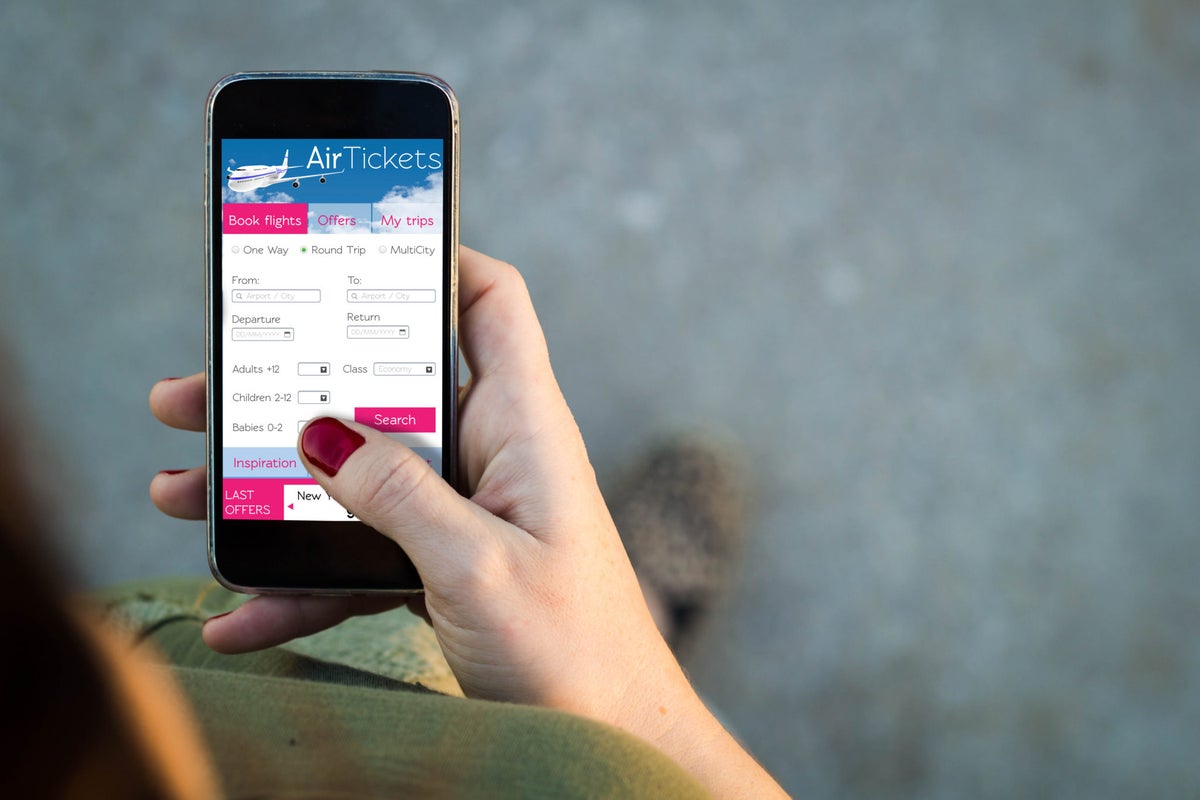Amar Hussain
Amar Hussain
Senior Content Contributor
866 Published Articles
Countries Visited: 63U.S. States Visited: 9
Amar is an avid traveler and tester of products. He has spent the last 13 years traveling all 7 continents and has put the products to the test on each of them. He has contributed to publications incl...
Edited by: Jessica Merritt
Jessica Merritt
Senior Editor & Content Contributor
179 Published Articles 762 Edited Articles
Countries Visited: 4U.S. States Visited: 23
A long-time points and miles student, Jessica is the former Personal Finance Managing Editor at U.S. News and World Report and is passionate about helping consumers fund their travels for as little ca...
& Michael Y. Park
Michael Y. Park
Senior Editor and Content Contributor
42 Published Articles 875 Edited Articles
Countries Visited: 60+U.S. States Visited: 50
Michael Y. Park is a journalist living in New York City. He’s traveled through Afghanistan disguised as a Hazara Shi’ite, slept with polar bears on the Canadian tundra, picnicked with the king and que...
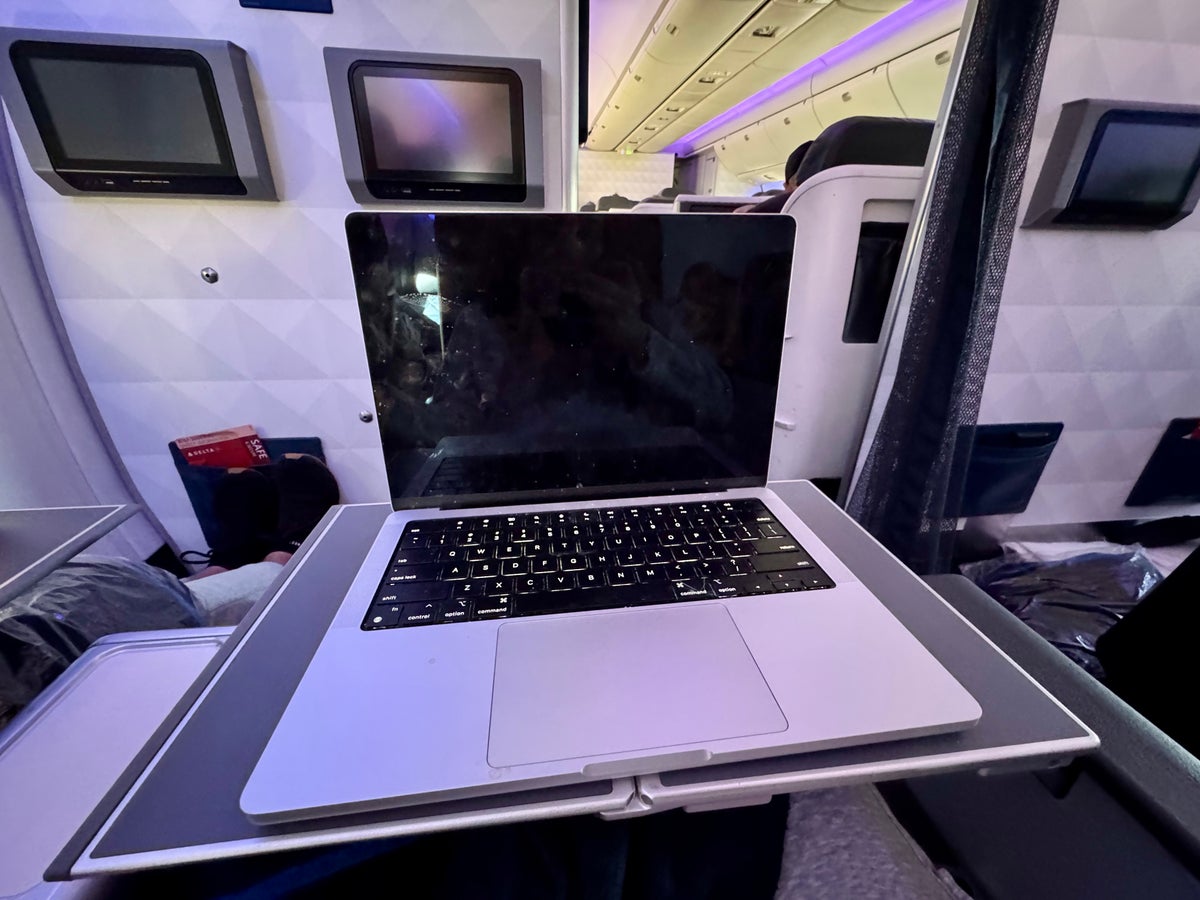
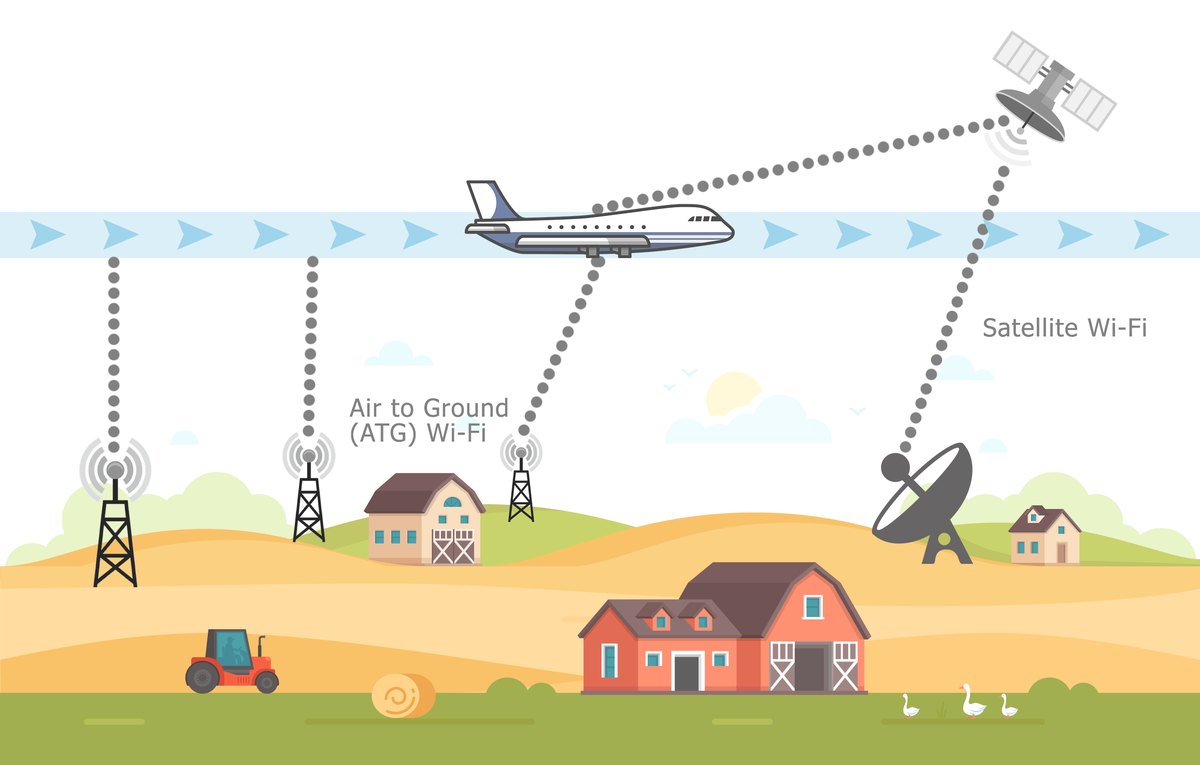
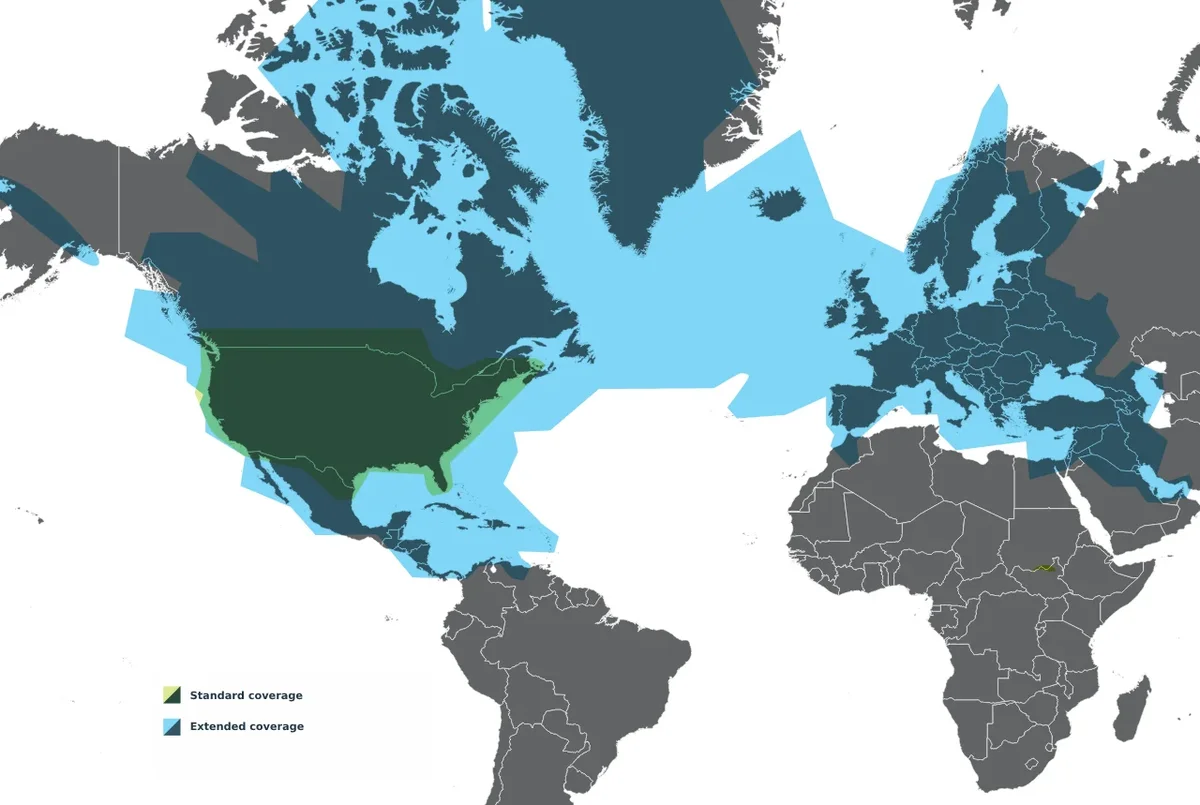
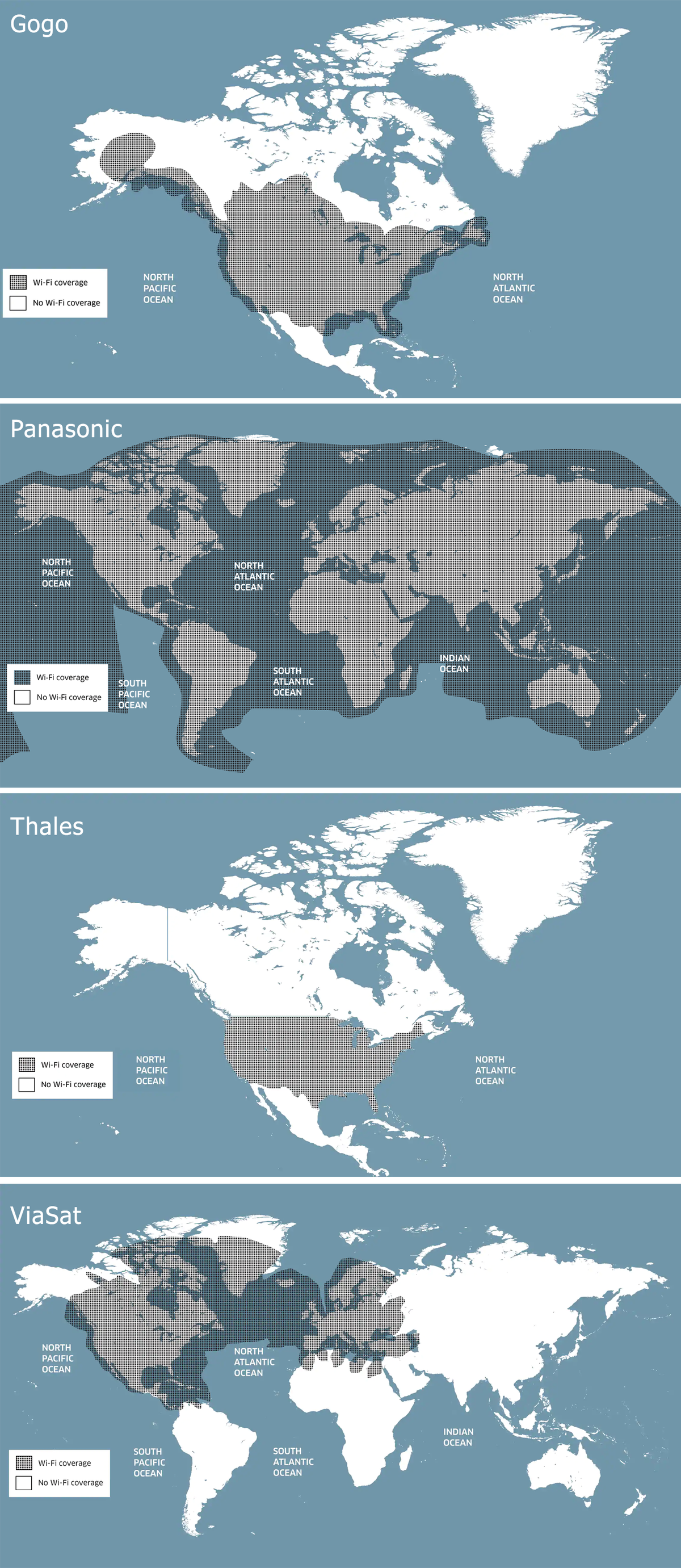
![WOW Air Baggage Fees & How to Avoid Paying Them! [Airline Out of Business]](https://upgradedpoints.com/wp-content/uploads/2018/08/WOW-Air.jpg?auto=webp&disable=upscale&width=1200)
![WOW air Loyalty Program Review [Airline Out of Business]](https://upgradedpoints.com/wp-content/uploads/2023/01/WOW-air-plane-in-the-clouds.webp?auto=webp&disable=upscale&width=1200)
![WOW air Review – Seats, Amenities, Customer Service, Baggage Fees, & More [Airline Out of Business]](https://upgradedpoints.com/wp-content/uploads/2023/01/lit-interior-of-WOW-air-plane.jpg?auto=webp&disable=upscale&width=1200)
